Balance is the central document that is part of the company's accounting, quarterly created by millions of organizations in all countries of the civilized world. Balance preparation is carried out with the participation of professional accountants, guided by constantly improving regulatory documents.
General view
The balance sheet takes the form of systematically collected values, grouped as a bilateral table, reflecting the presence of economic assets and the sources of their formation (obligations), as well as the financial results of the company on a fixed date and having a monetary value.
The table presents the balance structure, which in reality is compiled in accordance with the balance lines.
| Asset Articles | Liability articles |
| Non-current assets - is the total property of the company, which is reflected in the first section of the balance sheet at the reporting date. These assets have been used by the company for more than 1 year. | Capital and reserves is an information block consisting of the types of capital: authorized, additional, reserve, as well as retained earnings. |
| Current assets - part of the property of the company that is used for a short time (i.e. less than 1 year). | Long-term borrowed funds represent part of the company's funds owned by a third party and have been operating for more than a year. |
| Short-term loans are part of the funds of a company owned by a third party and have been operating for less than 1 year. |
The active and passive nature of the balance characterizes it as a set of funds reflected in the generated document, as well as each group separately.
The key to solving the basic theoretical problems of balance, accounts and double counting is the economically meaningful determination of the value of debit and credit. Thus, accounts only consist of debit and credit. Misunderstanding the nature of debit and credit is equivalent to misunderstanding the system of accounts. In this case, double entry means the equality of turnover registered in the debit and credit for each fact of the turnover made by the company. It will not be possible to interpret the double entry in the balance sheet until the debit and credit are determined, since it is impossible to explain the equality of the amounts recorded for some reason. And, finally, it is quite obvious that the concepts for debit and credit were the basis for grouping data in the balance sheet in the form in which it was used until recently.
The state of economic assets and the sources of their formation in the balance sheet are usually shown at a certain date (the first day of the reporting period) in value terms.
In the balance sheet, grouping and generalization are also given at the beginning of the year and for the previous period. Thus, the state of indicators is given not only in statistics, but also in dynamics.
The current idea of how to balance the balance is primarily focused on the presentation of information for all types of users.
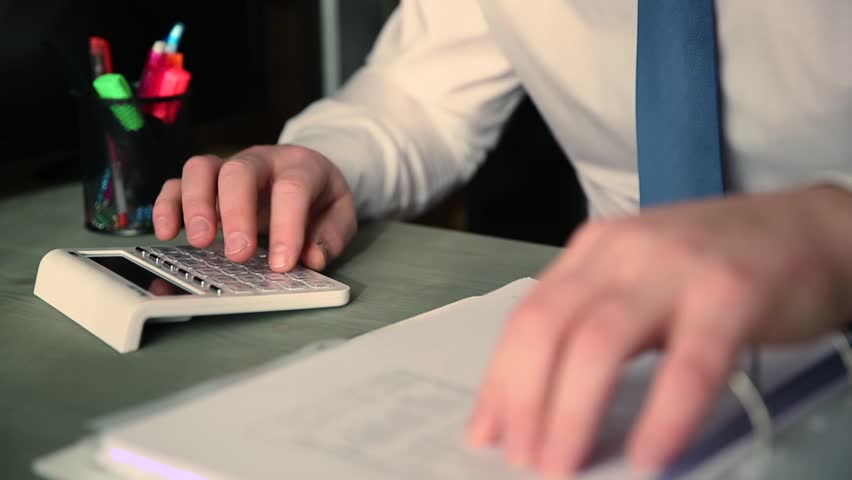
User Interests
In accordance with paragraph 18 of PBU 4/99 “Accounting Statements”, using the balance sheet, it is possible to conduct a financial assessment of the state of the company for a certain period of time.
The table below shows the main interests of external and internal users of the company reporting.
| Information Users | Information needs | Information sources | Priority Information Quality Criteria |
| Owners (shareholders, founders) | Obtaining information on the size of liabilities and profits | All types of accounting reports | Accuracy, reliability, timeliness, completeness, usefulness, understandability |
| Management staff (management, managers) | Reliability in the absence of economic and tax risks, control over income and expenses in the interests of the owner, obtaining data and financial indicators, solvency, profitability | All types of accounting reports | Accuracy, reliability, timeliness, analytics, completeness, materiality, usefulness |
| Lenders | Solvency of the organization, confirmation of the continuity of the organization, the performance of contractual obligations | All types of accounting reports | Timeliness, reliability, reliability, comparability |
| Investors | Acquisition of information on the company's cash, possible risks, level of obligations, information and prospects | All types of accounting reports | Timeliness, reliability, reliability, comparability |
| State (tax authorities) | Information on the financial condition of the organization, the amount of obligations, information for statistical observation | Balance sheet and other documents | Completeness, timeliness, accuracy, reliability |
The reliability of the balance sheet data directly depends in turn on the reality of the accounting data. Therefore, organizations should ensure reliable accounting and timely reflection of business transactions.
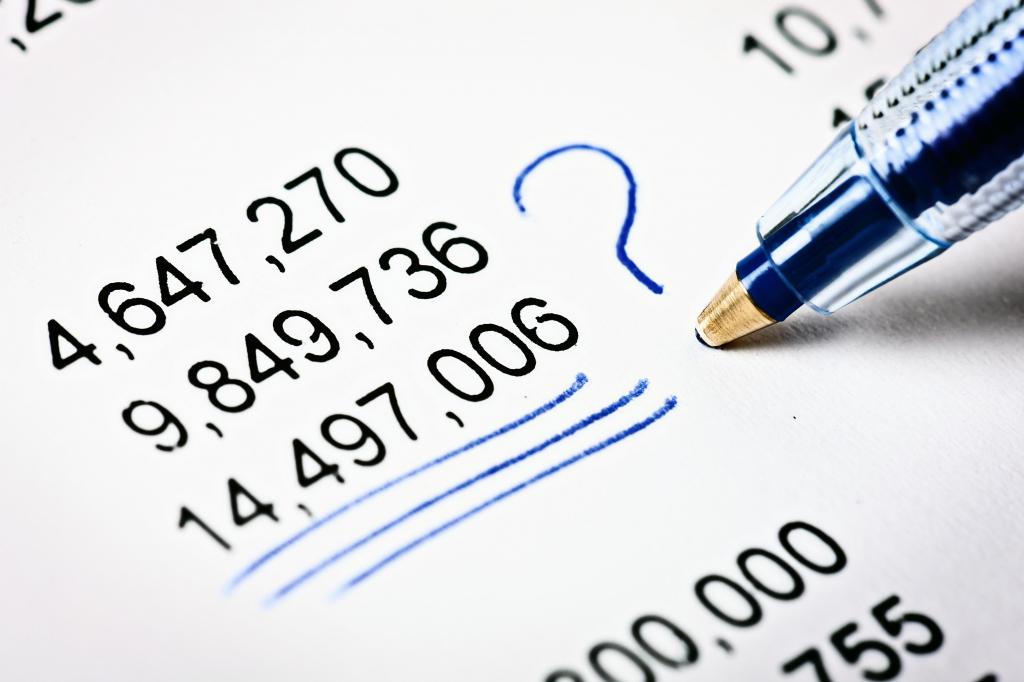
Legislative regulation of balance sheet processes
The main document that underlies the regulation of the company's reporting processes for today is Federal Law of December 6, 2011 No. 402-ФЗ “On Accounting”.
Until recently, the issue of federal and industry standards, which are mentioned in Federal Law No. 402-FZ, has not been finally settled. These documents are still under development, several draft federal standards have been issued that are awaiting final approval.
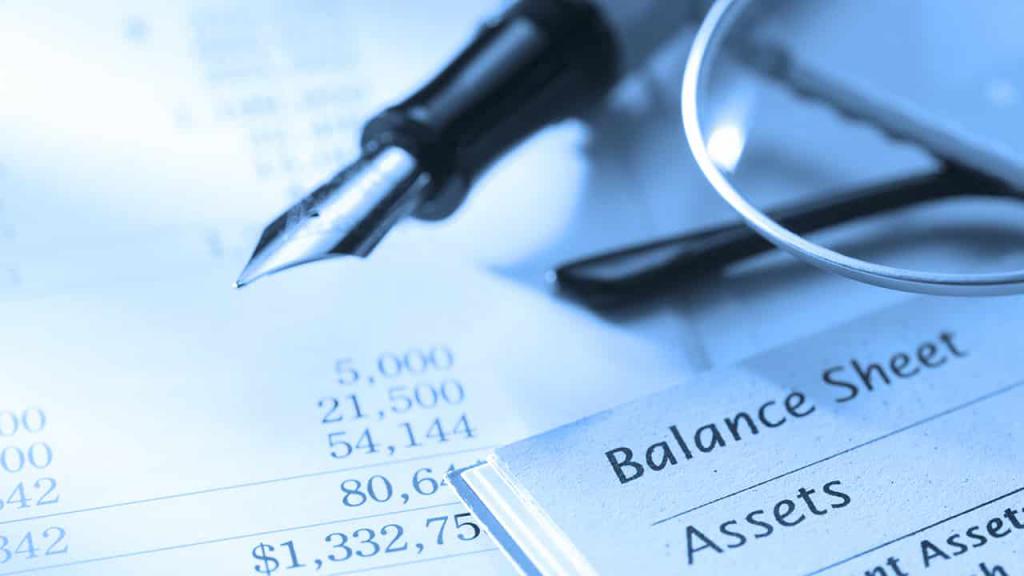
Documents in the field of accounting regulation are not only federal, industry standards, but also regulatory documents of the business entity itself. Moreover, these regulatory documents of an economic entity in a general sense should be developed to simplify accounting.
An economic entity independently chooses accounting methods and methods with which it wishes to be guided in the process of carrying out economic activities.
From the above it follows that the standards of the business entity and its accounting policies have much in common.
Thus, until the resolution of this issue at the legislative level, the main document determining the accounting for assets and liabilities will be their accounting policies drawn up in accordance with the requirements of regulatory documents, which are currently PBU.

Building Basics
In foreign countries, the balance sheet content is compiled according to the degree of liquidity deceleration, that is, at the beginning it shows easily sold types of property considered to be the working capital of the company, and at the end of the balance sheet the least liquid assets.
This balance sheet is focused on the degree of its liquidity, based on the ability to pay all debts. In any case, the assets of the enterprise (A) must comply with its obligations (P) and its own capital (K):
A = P + K.
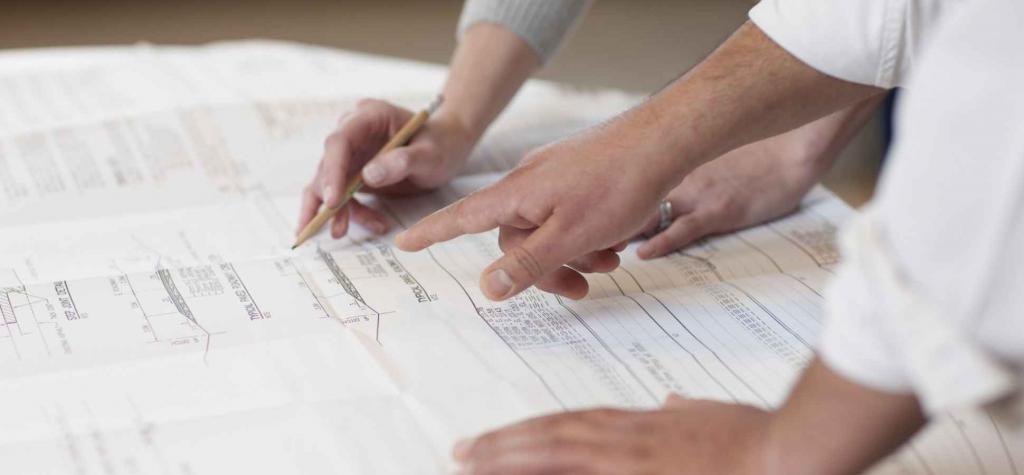
Basic balance sheet requirements
When filling out the balance, you must consider the basic requirements:
- the inability to set off between different articles of the asset and liability, gains and losses;
- data at the beginning of the study period and at the end of the previous year should be equal to each other;
- balance sheet items have documentary evidence obtained during the inventory.
Basics of filling in a balance
When considering how to fill out the balance sheet, the existing form is used.
The form of the document in question was approved by Order of the Ministry of Finance of Russia No. 66n dated 02.07.2010. Sometimes a company itself can create a form of balance, but on the basis of the one that is officially put into circulation.
Consider the main aspects that answer the question of how to properly fill out the balance.
In the above form, the list of details is mandatory:
- reporting date;
- company name;
- TIN values
- type of ownership;
- unit of measure used in the balance sheet;
- company address;
- balance approval date;
- balance sending date.
Let's look at an example of how to fill out a balance taking into account its structure.

Fixed assets
Let's start with the asset. The first section of the report reflects information on non-current assets of the enterprise. It registers the following indicators:
- intangible assets (to calculate the value for this indicator, it is necessary to calculate the difference between debit account 04 in the chart of accounts and credit to account 05);
- research and development results (the value is taken according to Dt04);
- search intangible assets (Дт08 on a subaccount for accounting for intangible costs for search assets, are filled only by firms that use natural resources in production);
- tangible assets related to prospecting (debit 08 on the subaccount of cost accounting, similarly filled by firms using different resources of nature);
- fixed assets of the company (the difference between DT01 and the amount between Ktm 02 and Dt08 for the sub-account of fixed assets that are not put into operation by the enterprise);
- investments in tangible assets (the difference between Dt 03 and Kt 02 on the depreciation subaccount of the company's property);
- financial investments (Dt 58 and 55 for the subaccount on which deposit accounts are recorded, as well as debit 73 on the subaccount, which take into account credit settlements reduced by loan 59 on the subaccount, which takes into account provisions for long-term liabilities);
- tax asset classified as deferred (Dt 09);
- other non-current assets corresponding to amounts not included in other lines;
- the final indicator is for all previous lines.
In the next section, current assets are fixed.
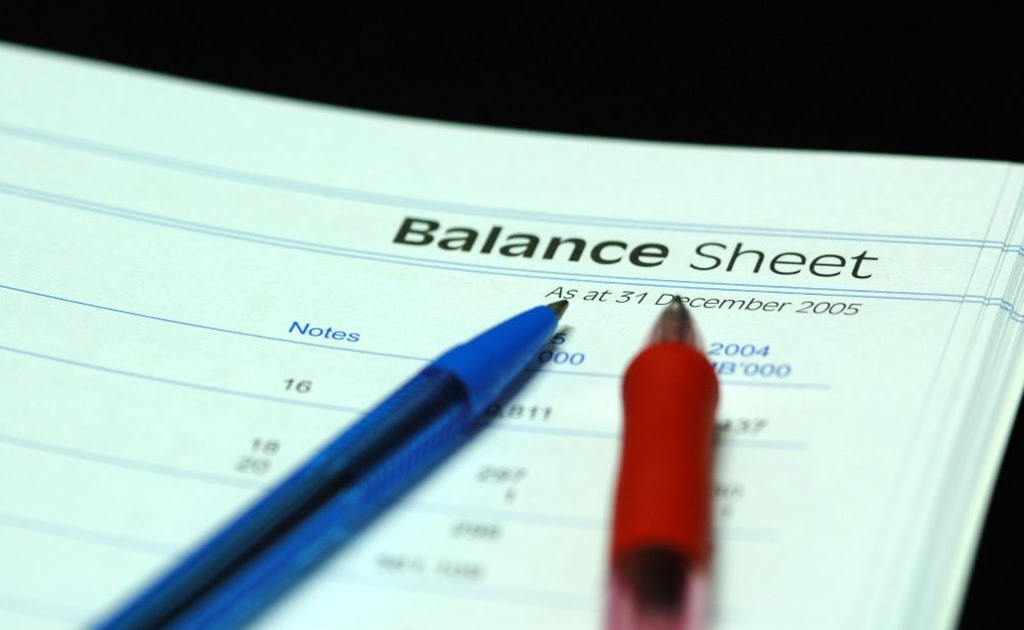
Working capital
We’ll explore an example of how to fill out a balance in accordance with the requirements established for it.
The following indicators are presented in the studied section:
- reserves (the difference between Dt41, the amount of Kt42, Dt15, 16, which decreases by the amount between Kt14 and Dt97, as well as Dt for such accounts as 10, 11, 20, 21, 23, 29, 43, 44, as well as 45) ;
- VAT (Dt 19);
- indicators of accounts receivable (the difference between the amount of debt 62, 60, 68, 69, 70, 71, 73 - without loans, 75 and 76 and 63 loans);
- financial investments (the difference between the amount of debts 58, 55, 73 is on the sub-account, which fixes the calculations on loans 59);
- cash (debit amount is 50, 51, 52, 55, 57, minus Dt55 on the subaccount of deposit accounts);
- other current assets that are not reflected in the above lines,
- total total value.
Capital and reserves
Consider the question of how to fill out the balance in the section “Capital and reserves”.
The first section of the corresponding part of the balance sheet discloses information on the capital and reserves of the company.
Information is recorded here:
- capital in the form of authorized capital (CT 80);
- on own shares purchased from shareholders of the company (debit 81);
- revaluation of assets classified as non-current (Credit 83 - sub-account, which records the amount of revaluation of fixed assets of the enterprise, as well as intangible assets);
- for additional capital - excluding revaluation (loan 83 - net of the amounts shown in the previous line), for the reserve capital of the company (Kt 82);
- on retained earnings of the company or on uncovered loss (Kt84);
- total total value.
Short-term liabilities
Consider the question of how to fill out the balance sheet under the “Short-term obligations” section.
Another block of liability gives an idea of information about short-term liabilities of the company.
What information about them is included in the balance sheet?
The following data is displayed here:
- on borrowed funds of the company (results of Kt 66 and 67 - for interest under a long-term loan (more than 1 year));
- on accounts payable (results of CT 60, 62, 68, 69, 70, 71, 73, 75 - for short-term loans, as well as 76);
- on income in future periods (amount of loans 98 and 86);
- on estimated liabilities (credit 96 - if long-term liabilities are taken);
- remaining liabilities;
- the total value of current liabilities.
- the total profit in the balance sheet is reflected in line 1370 “Retained earnings”.

The numbers are calculated, what's next?
In order to understand how to fill out the balance sheet, then you need to enter the numbers in the balance sheet below.
| Line name | Code |
| Fixed assets | 1100 |
| Fixed assets | 1150 |
| Financial investments | 1170 |
| Current assets | 1200 |
| Stocks | 1210 |
| VAT | 1220 |
| Receivables | 1230 |
| Financial investments | 1240 |
| Cash | 1250 |
| Total assets | 1600 |
| Capital and reserves | 1300 |
| Registered capital | 1310 |
| Extra capital | 1350 |
| Reserve capital | 1360 |
| retained earnings | 1370 |
| Long term loans | 1400 |
| Short-term loans | 1500 |
| Accounts payable | 1520 |
| Liabilities of all | 1700 |
The presented balance line codes are universal for most companies.
Not all organizations have the ability to use only standard lines of this reporting; they require more detailed information and a transcript. Therefore, such companies sometimes use additional balance codes, for example, to line 1260 “Other current assets”, line 12605 - “Deferred expenses” appears.
And what about STS?
Consider the features of the balance in the simplified tax system.
A simplified taxation system, a simplified tax is a special type of tax, the application of which does not pay the following taxes:
- income tax;
- property tax;
- VAT if goods are not brought from abroad;
- income tax.
The accounting statements for LLC in the case of STS are information on which tax authorities control the income of legal entities. According to Law 402-FZ, companies are required to provide tax data on finances.
Companies that are on the simplified tax system are required to present the balance sheet in a simpler form once a year. The balance for 2017 is due by March 31, 2018.
At the very beginning of the balance sheet, you must indicate where the report form comes from.
The main part also consists of filling in two main blocks: for assets and liabilities. A block with assets is 5 indicators, a block with liabilities is six indicators. When filling out each of them, it is also necessary to adhere to the basic requirements for standard reporting.
Use of the balance sheet
Consider the question of how to fill out the balance sheet on the balance sheet (SAL).
In OSV in the tabular version there are accounting accounts as they increase. The accountant makes monthly data from magazines in which a daily record of economic and economic activity is kept, expressed in monetary terms. The table is filled in when reflecting balances at the beginning and end of the reporting period, while showing the total turnover for a period of time.
As a result, a financial document is created for any period necessary for analysis. It can be in the form of a monthly, quarterly, annual period, providing a working picture of the enterprise, reflecting the turnover of funds for management, as well as for any interested person.
In OSV, the balances of the available funds of the organization on the set date are displayed. In the accounts, the work of the enterprise is displayed in cash, the values of the received balances are transferred to the table.
Consider the main nuances of how to properly fill out the balance when applying this statement. The formation of a simplified balance through WWS is possible as follows:
- all accounts are processed in order to create incoming and outgoing transactions to remove the final balance of funds;
- a graphological system is created in which the lines of each account are written sequentially for debit and credit;
- All figures are calculated by income and expense;
- the result is an inventory of all account balances;
- checking the correctness of the final values, for this it is necessary to add to the initial balance of funds the income on the accounts and subtract all the values attributed to the loan;
- for passive accounts, it is necessary to take a credit balance, add working capital and take away the value of the debit;
- The final result should be identical to the posting of accounts.
The results are taken into account on the balance sheet. Its current form represents the result obtained from the total balance of debit balances, which equals the balance of the loan.
